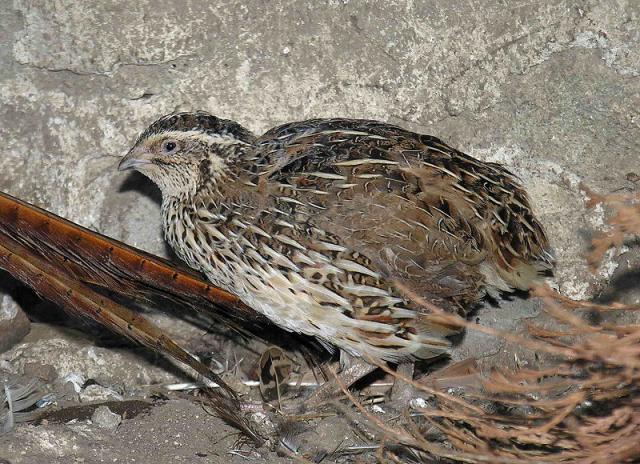Scientific classification:
Kingdom: Animalia
Phylum: Chordata
Class: Aves
Order: Galliformes
Family: Phasianidae
Occurance: Hach out eggs in Europe and Asia. They fly across the Eurasian continent, spend the winter in Europe in North Africa and a Sahel zone, the Asian birds pour it in India.
In Afrika from Sahara to the south his areas which can be found (primarily east and in South Africa), and not proceeding populations living in a place steadily on Madagascas Island.
Spread in Hungary, spends the winter on the coast of the Mediterranean Sea, primarily on Iberian Peninsula and north West in Africa.
Habitat: His natural habitat the skis and hilly country agricultural areas, where grain digs on clover fields mainly, concerned on meadows on waste used extensively national.
Morphology, construction: Warm-blooded, homoioterm, their body temperature is kept with good one on an inner level to be stood through metabolism processes usually above the temperature of the environment. The metabolism end products named cloaca empties on a slot, which is the efferent slot of the genitalia in one.
16-18 centimetres, the wing span 32-35 centimetres, his weight 75-135 grams. The male somewhat smaller one, than the hen. His neck and his craw rusty, with blind spots, black dots, his back with delicate black pattern scarlety, his lower body whitish-yellow, onto a pipe grey, his foot pink. Characteristic pity pronounces it in an early dawn every summer-the sound of palaty, from which one the rural pitypalaty-madár received his name. At the time of him spreading quiet krak-krak makes a sound.
Nourishment: Insects, seed, berries and young shoots. At the time of harvest the spun round grains gathers it up. His food cooks in a yearly average 86,3% vegetal and 13,7% with an animal origin.
Reproduction: Puts his nest on into a pit scratched in soil, which the vegetation conceals between it well. A brood consists of 9-13 eggs, over which he broods until 16-17 days,. The hen brooding alone sits on the eggs very resolvedly, escapes in a final case in case of disturbing only. The male stays near the nest in the course of the incubation the most mostly and keeps watch.the nestlings fészekhagyók and the nest is lost promptly after their hatching. The young quail short flyings are driven onto an end and 20 of their sunny ages totally already on the eleventh day of their life they can fly and three-four of their monthly ages already sexually mature. Hatches two-three times annually.
Protection: Not endangered, 50000 HUF are a race defended in Hungary, his theoretical values. The quail responds to the chemicals used in the agriculture sensitively because of his nest placed on land.
